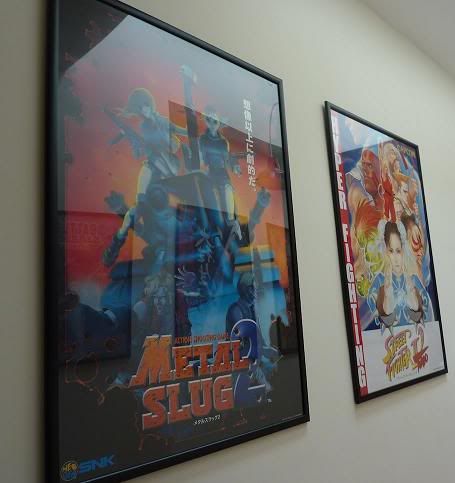One of my hobbies is Japanese arcade machines and also the artwork that goes with it. I have a few Japanese posters that I would like to frame. They are not a standard size (roughly 1000x750mm) and so custom frames have to be made for them.
I could pay to have them framed but I would be looking to pay £70+ to have them framed. I have no problem in spending money but I like to make things and I would like to make them myself if possible.
I have a workshop set up in my garage with a table saw, mitre-saw, router, router table, heavy duty pillar drill and I have access to a wide range of machinery at work to help me make jigs etc. I am quite handy with making things and I make a hell of a lot of acrylic parts for people, mainly reproduction parts for Japanese arcade machines
This is an example of some frames that have been made for similar posters:

This is the type of thing I am trying to replicate and I have a few questions about it.
I presume the moulding of the frame would be something similar to this 23mm ['Black & White' Matt black FSC 100%]?
The main questions I have are to do with how this type of frame is cut and joined together.
Would it be possible to use a router to trim the ends of that type of moulding? I was thinking of making a jig with perfect 45degree angles to cut the moulding to size.
Is the next step in the process to join the four pieces of moulding together? I have seen diy kits like this for joining the frame:

Is this used to drive 'v nails' into the corners? Is glue also used for the type of frame I wish to make?
I was thinking of making a similar jig and using my drill press to drive the 'v nails' into the frame.
Once the frame is made is it just a case of inserting the acrylic, putting the poster in the frame, putting a mountboard (and/or) back board in and then using points to keep everything in place?
In regards to the acrylic, would 2mm be thick enough for a frame approx 1000x750mm or would 3mm be more suitable.
Sorry about the 1000 questions. I have been trying to find information on the net and have been trying to find suitable youtube videos but I can't seem to find anything specific for my needs.
If there are any good tutorials/FAQs or any other resources out there that may help me I would love to know them.
Thanks in advance for any help/advice you can give.
